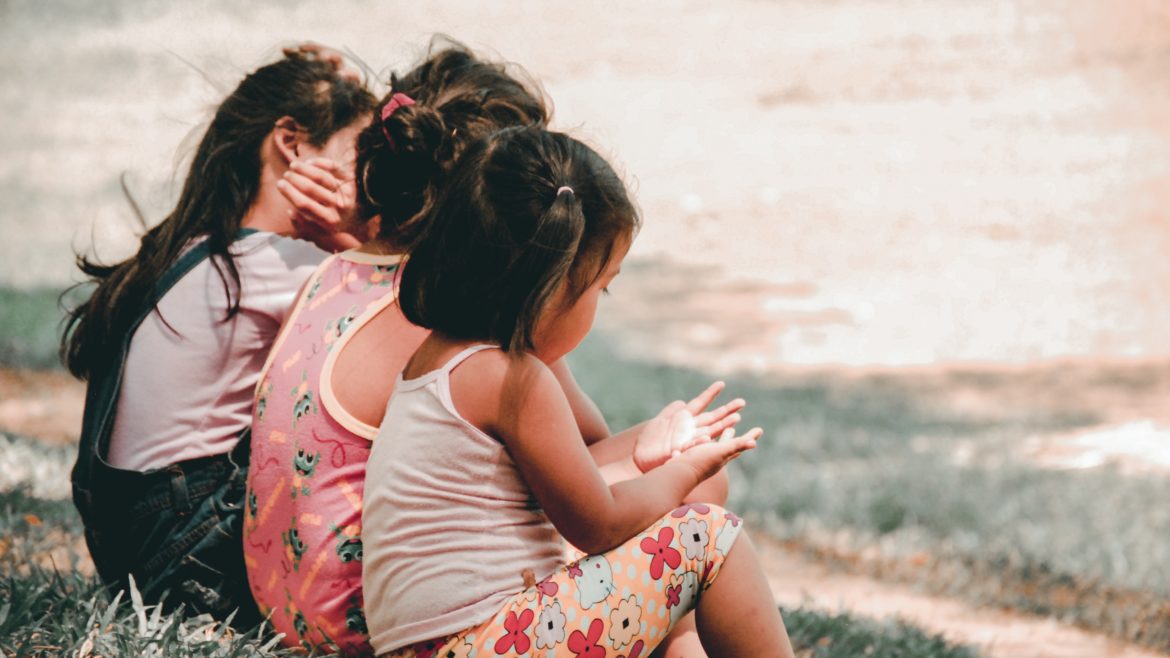
How to Talk to Your Kids About Homophobia

The world is becoming a more open and accepting place. We notice it on TV with makeup commercials showing gay or trans makeup artists. We see shows like I am Jazz open our eyes to the life of a trans girl and her family going through her journey and experience of being trans. As we journey towards more representation and a more accepting society, how do we talk to our kids about the darker side of the LGBTQIA+ experience: homophobia.
Of course, you would need to tailer any of the following tips to fit the age of your child. However, they are helpful for all ages. If they ask you about homophobia or if you bring the subject up, ask them what they believe homophobia is in their own words and understanding. This can not only help you understand were they are but also help clear up any misinformation.
This is a great segue into talking about “What is Sexual Orientation, Gender, and Sex?” Clear up that sexual orientation is who a person is romantically attracted to. Gender is the social rolls, expressions, and identities for a person. Sex being biological and physiological characteristics.
Next, ask them for some examples of where they have seen homophobia happen. You can get some insides as to how close to themselves they may be seeing these actions. They may have been exposed to such behavior by a friend, family member, or media. It’s a great opportunity to move into asking them how they feel about seeing that behavior. Did they feel scared? Uncomfortable? Confused? Did you want to say something at that moment? It’s a great way to help them understand and empower them.
It’s important to discuss that homophobia is another form of bullying, especially for younger children to understand the similarities of what they believe is general bullying. This can help them have a better understanding of the experience a person may have if they are bullied by homophobic comments or made to feel shamed.
Understanding how homophobia and bullying are similar can also help them understand ways to speak up (especially our younger kids such as elementary and middle school.) Many schools have no bullying policies in place. I know, it may be hard to believe but it’s true.
Discussions like this can help prepare them and encourage them to stand up and say something or bring it to a teacher’s attention. It can also help them understand how unacceptable it is. Make sure you give them examples. Such as homophobic derogatory statements such as “thats so gay.”
Talk about how homophobia is shaming. How making fun of a person for being who they are is basically telling them that they are wrong just for existing. That they are bad or wrong for being them. When we tell someone that they are wrong for being who they are, or make a point to not talk to them, or not to be their friend for who they are – that is discrimination. This is an important talking piece for them to see how far reaching homophobia is in our society.
These are great ways to start to engage in this conversation with your little one. Remember, though, that this is not a one time conversation. It’s a convo that we get to have over the years. Take opportunities that you hear on the radio in the car, or TV to bring it up. You got this!
As always,
Gabriela